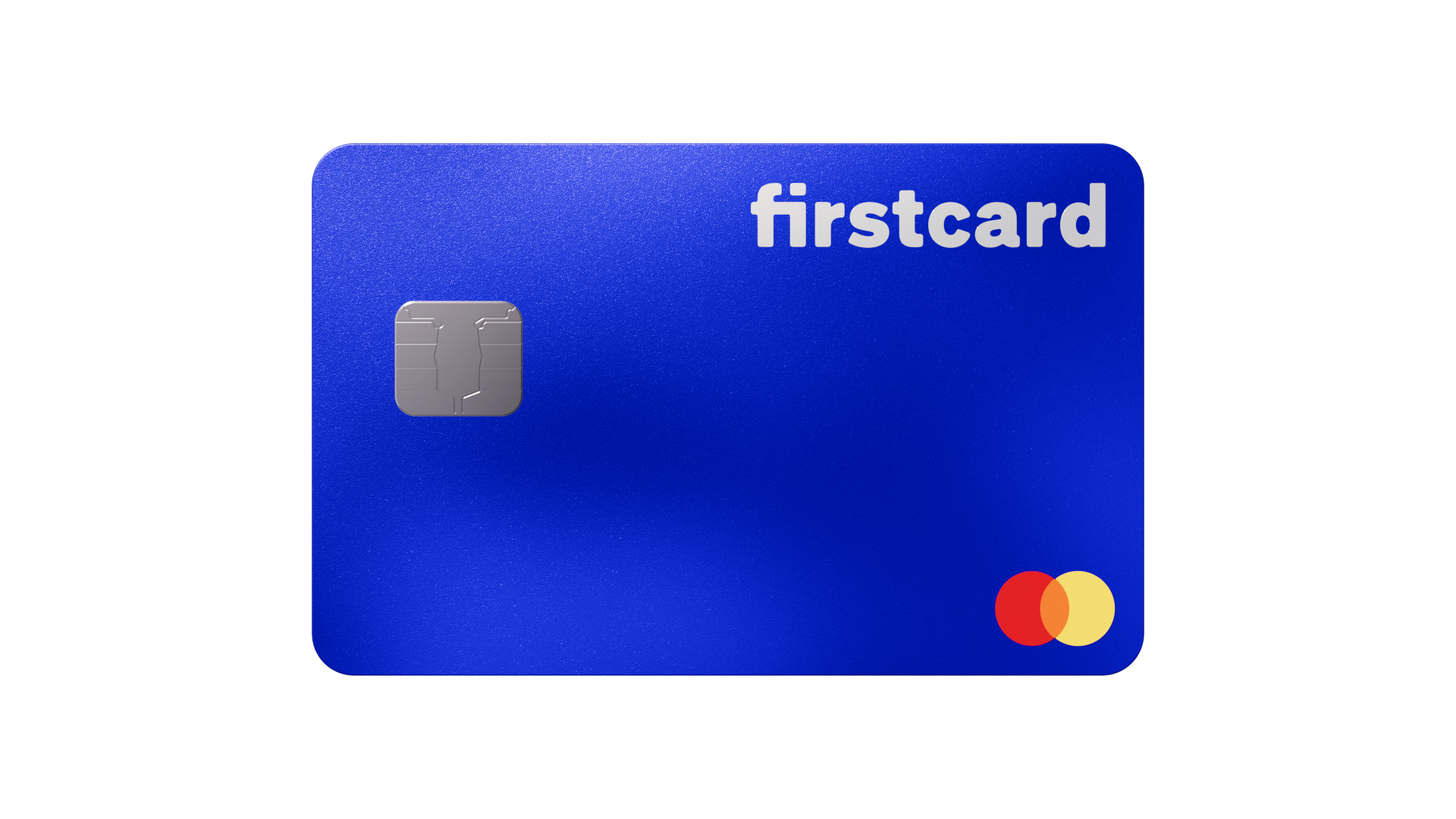Effective Strategies for Managing Credit Card Debt

Understanding Credit Card Debt
Credit card debt can present significant challenges for individuals and families in the United States. As the average American household carries approximately $8,500 in credit card debt, addressing this financial issue is essential for achieving overall economic stability. Credit card debt often arises from unforeseen expenses, lifestyle choices, or emergencies, exacerbated by the easy access to credit provided by numerous financial institutions.
The implications of carrying debt can extend beyond financial strain; it can also affect emotional well-being and stress levels. The complexities involved, such as fluctuating interest rates, high minimum payments, and the impact on credit scores, often make repayment daunting. Without a clear strategy, individuals may find themselves trapped in a cycle of debt that seems insurmountable. To combat these challenges, consider implementing effective strategies to regain control over your finances:
Create a Budget
Understanding your income and expenses is the first step towards managing debt. A comprehensive budget outlines where your money goes each month and helps identify areas where you can cut back. Utilizing budgeting tools or apps can facilitate this process. By categorizing your expenses—fixed costs such as rent or mortgage, variable costs like groceries, and discretionary spending—you’ll gain insights into your financial habits. For instance, allocating a specific amount for dining out can prevent overspending and redirect funds towards debt repayment.
Prioritize Payments
Once you have a clear view of your financial situation, focus on prioritizing payments. High-interest debts should be your primary target, as they incur the highest costs over time. This strategy, often referred to as the “avalanche method,” involves directing any extra funds towards the debt with the highest interest rate while making minimum payments on others. For example, if one credit card has an interest rate of 20% and another 12%, it is more beneficial to direct additional payments toward the 20% card. This approach minimizes overall interest payments and accelerates debt reduction.
Negotiate Rates
Another effective strategy is to contact your credit card issuer to request a lower interest rate. Many cardholders do not realize that companies value customer retention and may be willing to negotiate to keep you as a client. When approaching this conversation, it is beneficial to prepare by researching competitive rates and being polite yet firm in your request. A well-articulated case that demonstrates your consistent payment history and loyalty can bolster your credibility and improve your chances of success.
Consider Consolidation
Lastly, consider debt consolidation as a viable option for managing multiple debts. By merging various debts into a single loan with a lower interest rate, you can simplify your payments and potentially reduce your overall monthly payment. Numerous financial institutions offer personal loans for this purpose, and balance transfer credit cards may also allow you to consolidate credit card debt with introductory zero or low-interest rates. Always ensure that the terms are favorable before proceeding with this option, as unforeseen fees or high rates on future charges could negate the benefits.
Implementing these strategies can empower you to take command of your financial health and navigate the complexities of credit card management. By understanding the underlying principles of budgeting, prioritizing payments, negotiating lower rates, and exploring consolidation options, you can improve your financial resilience and work towards a debt-free future.
DISCOVER MORE: Click here for valuable strategies
Effective Strategies for Managing Credit Card Debt
Create a Budget
Understanding your income and expenses is the cornerstone of managing credit card debt effectively. By establishing a comprehensive budget, you can gain clarity on your financial situation, which will empower you to make informed decisions. A well-structured budget will outline your monthly earnings and expenditures, highlighting areas where adjustments can be made. Utilizing budgeting tools or apps can streamline this process and provide visual aids for better insight.
To create an effective budget, categorize your expenses into the following groups:
- Fixed Costs: Regular payments that do not change, such as rent or mortgage.
- Variable Costs: Expenses that fluctuate month to month, such as groceries and utilities.
- Discretionary Spending: Non-essential expenses, such as dining out or entertainment.
By assessing these categories, you can identify patterns in your spending habits. For example, allocating a specific amount for discretionary spending can help curb overspending, allowing you to reallocate funds towards debt repayment. This strategic allocation not only enhances your financial awareness but also facilitates the establishment of long-term financial goals.
Prioritize Payments
After setting a budget, the next step is to prioritize your credit card payments methodically. Identifying which debts to tackle first can be crucial in expediting your journey towards financial stability. The avalanche method is an effective strategy for prioritizing debt payments. This approach directs extra funds towards debts with the highest interest rates, thereby minimizing the total interest paid over time.
For instance, consider the scenario where you have two credit cards: one with a 20% interest rate and the other at 12%. It would be more advantageous to channel any additional funds towards the debt with the 20% interest rate while maintaining minimum payments on the other card. This method not only reduces the period of debt repayment but also significantly lowers the overall financial burden from interest accruement.
Negotiate Rates
Another effective strategy involves negotiating with your credit card issuer for a lower interest rate. Many consumers overlook this simple yet powerful tactic. Financial institutions often prioritize customer retention and may consider your request when approached correctly. Prior to initiating this conversation, conducting research on competitive interest rates can provide leverage.
During the call, be polite but assertive. A well-prepared case that includes your payment history and demonstrates your long-time relationship with the institution can enhance your chances of success. By effectively negotiating a reduced interest rate, you can make significant progress in reducing your credit card debt over time.
Consider Consolidation
Lastly, debt consolidation can be a practical option for those managing multiple credit card debts. This approach involves combining various debts into a single loan that ideally comes with a lower interest rate. The result is a simplified payment process and potentially reduced monthly obligations. Financial institutions offer personal loans specifically for this purpose, and balance transfer credit cards may provide the ability to consolidate at introductory rates.
However, it is essential to evaluate the terms of any consolidation option thoroughly. Unforeseen fees or unfavorable terms can undermine the benefits of consolidation. Conducting due diligence ensures that you select the best option tailored to your financial needs.
By adopting these strategies, you can take control of your financial health, relieving the burdens associated with credit card debt. Understanding the importance of budgeting, prioritizing payments, negotiating rates, and exploring consolidation options will provide a comprehensive framework for navigating the often-complex landscape of credit card management.
DISCOVER MORE: Click here to learn about the benefits of dance
Utilize the Snowball Method
Another powerful strategy for managing credit card debt is the snowball method. This approach focuses on paying off debts from the smallest balance to the largest, regardless of interest rates. It can provide psychological benefits that are crucial for maintaining motivation. The rationale behind this method is that eliminating smaller debts quickly can give individuals a sense of achievement and reinforce positive financial behavior.
To implement the snowball method, begin by listing your credit card debts in ascending order of their balances. Make the minimum payments on all debts except the smallest one, to which you will direct any available additional funds. Once the smallest debt is cleared, move on to the next smallest, adding the amount you were paying towards the first debt to the payment for the second. This compounding effect creates a “snowball” that can lead to the rapid elimination of debts.
For example, if you have three credit cards with balances of $500, $1,500, and $3,000, focus first on paying off the $500 card. Once paid, redirect those funds to your next card, and so on. This momentum can be especially important for those feeling overwhelmed by debt, as it allows for tangible progress in a shorter timeframe.
Monitor Your Credit Score
Another critical aspect to consider is your credit score. Monitoring your credit score regularly can provide insights into how your debt management strategies affect your overall financial health. A higher credit score can lead to better interest rates, lower premiums on loans, and improved terms on financial products. Therefore, staying informed about your credit score can guide your management strategies.
Many credit card companies and financial websites offer free credit score tracking. By understanding the factors that influence your score—such as credit utilization, payment history, and the mix of credit accounts—you can make informed decisions on how to manage your debt effectively. For example, a credit utilization ratio below 30% is generally viewed favorably. If your credit card balances are high, focusing on reducing those balances can not only improve your score but also make creditors more inclined to work with you in negotiations.
Seek Professional Help
If credit card debt feels insurmountable, consider seeking assistance from a reputable credit counseling agency. These organizations provide services for individuals struggling with debt, including budgeting advice and debt management plans. They can help evaluate your financial situation and guide you through various options such as Debt Management Plans (DMPs), which can consolidate your debts and possibly negotiate lower interest rates on your behalf.
Before choosing a credit counseling agency, it’s essential to conduct thorough research. Look for non-profit organizations accredited by the National Foundation for Credit Counseling (NFCC) or the Financial Counseling Association of America (FCAA). Taking such steps will help ensure you receive legitimate support from trained professionals who adhere to ethical standards.
Stay Committed to Financial Education
Lastly, maintaining a commitment to financial education is pivotal in managing credit card debt effectively. Knowledge about personal finance empowers individuals to make better decisions and avert potential debt pitfalls in the future. Engage in learning opportunities such as workshops, online courses, or reading financial literature to bolster your understanding of credit, interest rates, and budgeting strategies.
Additionally, familiarize yourself with the terms and conditions associated with your credit cards. Understanding the consequences of late payments, cash advances, and other fees can provide clarity on the potential risks and benefits of your credit usage. With increased knowledge, you can cultivate a more responsible attitude towards credit, ultimately safeguarding your financial future.
DIVE DEEPER: Click here to discover the benefits of mindfulness in nature
Conclusion
In conclusion, managing credit card debt effectively requires a multifaceted approach that combines practical strategies, constant monitoring, and a commitment to financial education. By implementing methods such as the snowball technique, individuals can gain a sense of accomplishment as they tackle smaller debts first, which fosters motivation and adherence to their overall debt repayment plan. Additionally, regularly monitoring your credit score not only provides crucial insights into your financial health but also influences future credit opportunities, helping you make informed decisions on your debt management techniques.
For those who find themselves overwhelmed, seeking assistance from reputable credit counseling agencies can offer valuable guidance and professional support, paving the way to more manageable repayment options. These organizations can help individuals craft personalized debt management plans that reflect their unique financial circumstances and goals.
Finally, committing to financial education plays a vital role in ensuring long-term success in managing credit card debt. By enhancing one’s knowledge of credit terms, interest rates, and best financial practices, individuals can develop a more responsible approach to credit usage and ultimately safeguard their financial well-being. Implementing these strategies can not only lead to effective debt management but also empower individuals to move towards a more secure financial future, free from the burdens of credit card debt.


